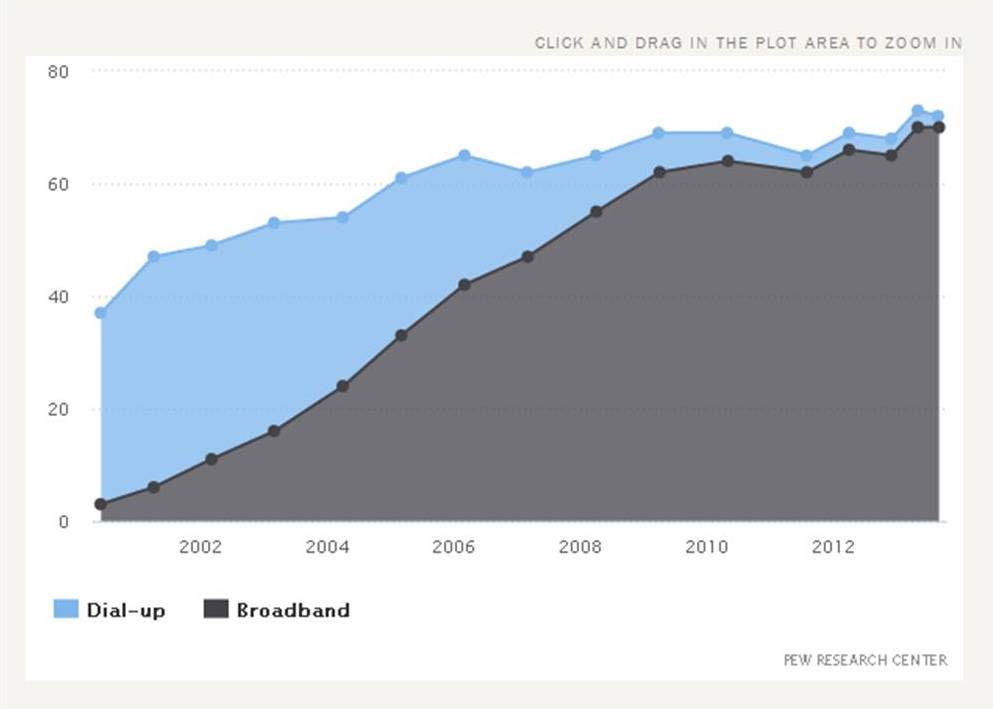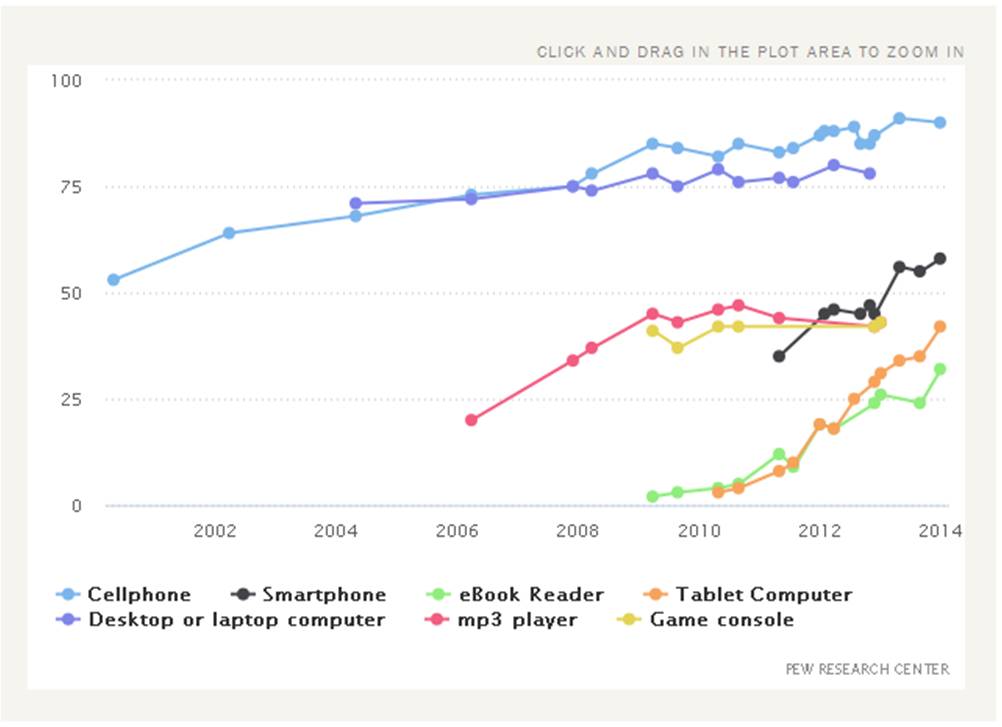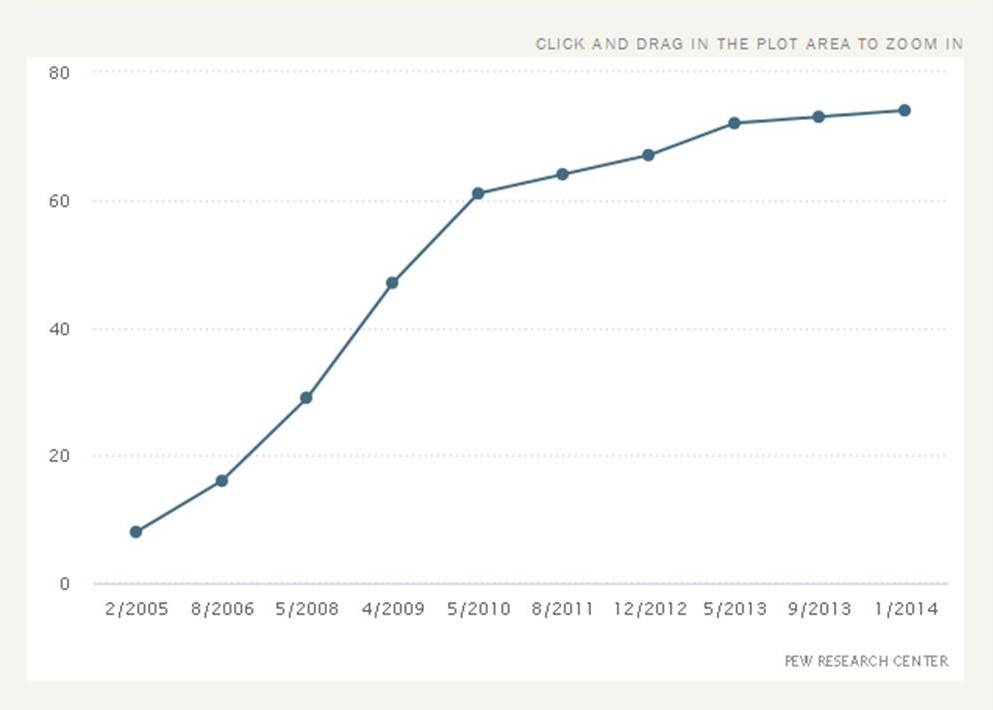Display Technology – With many new technologies being developed over the last few decades, many of us will have very different views on what influenced society the most, but many of those rely on display technology to achieve the user experience that made them successful in the first place.
For example, a tablet with CRT display just does not sound right does it? It can be discussed what drives what, but that is a topic for another article.
Instead I want to discuss the view of Pew Research on which technology changed the life of the US population the most. The PEW Research Center is a non-partisan, non-profit organization that improves public policy by conducting rigorous analysis and informs the public by providing useful data. It is based on a substantial trust fund and has no obvious ties to any corporate interests. Its research is always direct, to the point and reflects on the US society more than the typical corporate surveys.
The company sees three technologies shaping the US society more than any other of the last few decades. These are:
- Broadband
- Mobile
- Social Networking
From a personal standpoint, I would agree as seeing those topics on the top of my list as well. Even though, one could argue that social networking is an offspring of mobile technology. I have long seen mobility as a key driver in the development and ultimate success of consumer devices.
Pew Research also released data on the penetration of the mentioned technologies in the US.
Broadband
As shown in the following chart, broadband has almost completely taken over Internet connectivity in the USA.

The data suggests that the total part of the US population connected to the internet is approaching 75%. Pew sees the internet use changing as broadband gives rise to new use patterns. Users today spend more time online, perform more activities, watch more video and themselves become content creators.
Mobile
The company sees mobile technologies growing strongly in recent years, as the following chart shows.

The growth curves for smartphones, tablets and ebook readers have been steeper than ever before. These devices seem to resonate with consumers on a level that other consumer electronics have never achieved. This is true even for the ereader that is more and more falling out of favor. However, this data shows cumulative values not yearly sales. As ereaders are not replaced very often, yearly sales have to be much lower compared to smartphones, for example. From a social perspective they are still very successful products.
Social Networking
The acceptance of social networking is on the same level with the adoption rate of tablets, for example. Both achieved acceptance from single digit penetration to almost 50% in just four years.

The penetration seems to level off at around three quarters of the US population, about the same level as internet connectivity. One has to wonder if this is more than just a coincidence. The only market penetration in these new technologies that significantly exceed this 75% mark are cellphones, with a penetration rate of 90%.
Overall, we can see that technology introduction in recent years has become a new game. Successful products and technologies are being accepted rather quickly, however total adoption to levels over 75% require much longer time spans. I could imagine that this change in technology adoption has something to do with the change in the generational makeup of society. The Millennials now make up 25% of the population, with their purchasing power still increasing over the coming years. With that we can expect more changes in the way of technology adoption coming our way in the future. – Norbert Hildebrand

